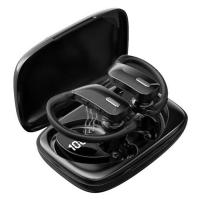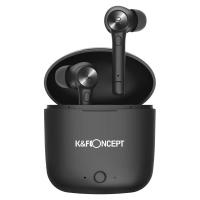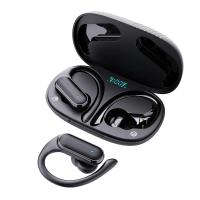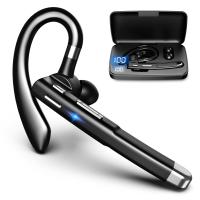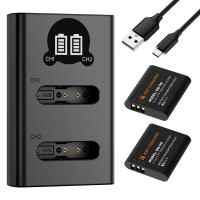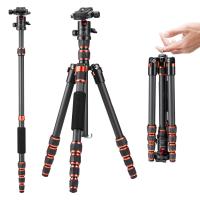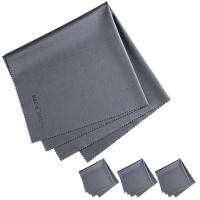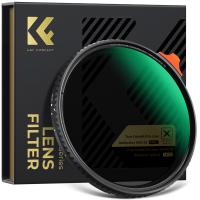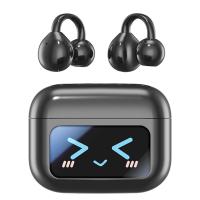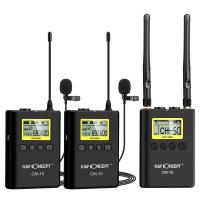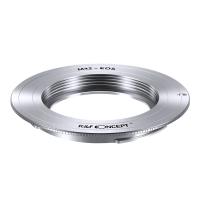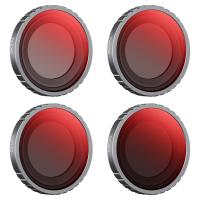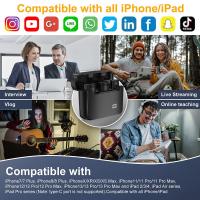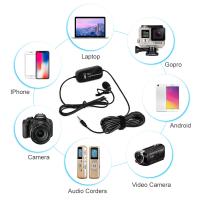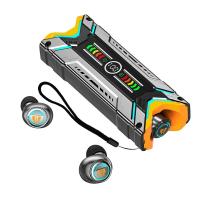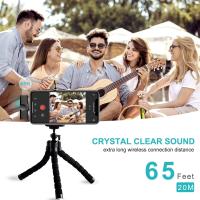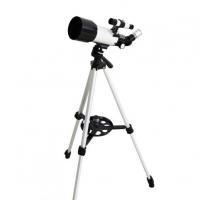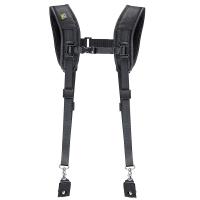How Do The Wireless Headphones Work?
Wireless headphones have become an essential accessory in our daily lives, offering the convenience of untethered audio experiences. Whether you're commuting, working out, or simply enjoying your favorite tunes at home, understanding how wireless headphones work can enhance your appreciation of this technology and help you make informed purchasing decisions. In this article, we will delve into the mechanics of wireless headphones, covering the various types, the technology behind them, and practical considerations for users.
Types of Wireless Headphones
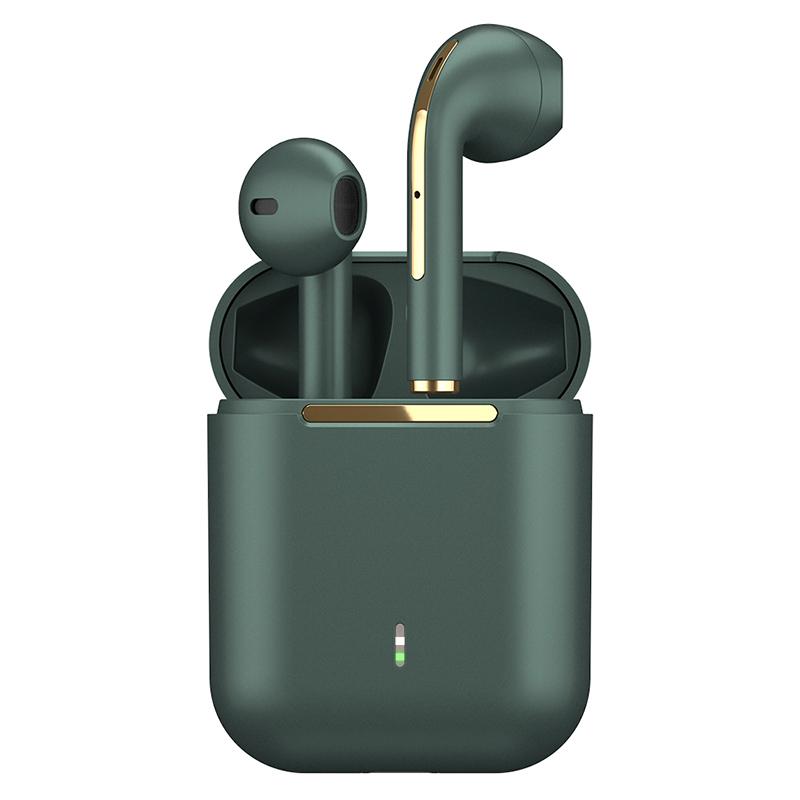
Wireless headphones can be broadly categorized into three types: Bluetooth headphones, RF (Radio Frequency) headphones, and Infrared headphones. Each type has its unique features and use cases.
1. Bluetooth Headphones: These are the most common type of wireless headphones. They use Bluetooth technology to connect to devices like smartphones, tablets, and computers. Bluetooth headphones are popular due to their ease of use, compatibility with a wide range of devices, and decent audio quality.
2. RF Headphones: Radio Frequency headphones use radio waves to transmit audio signals. They typically come with a base station that connects to your audio source and transmits the signal to the headphones. RF headphones are known for their long-range capabilities, making them ideal for home use, especially for watching TV or listening to music without being confined to a single room.
3. Infrared Headphones: These headphones use infrared light to transmit audio signals. They require a direct line of sight between the transmitter and the headphones, which limits their range and usability. Infrared headphones are less common and are typically used in specific scenarios like in-flight entertainment systems.
The Technology Behind Wireless Headphones
Understanding the technology behind wireless headphones involves looking at several key components: the transmitter, the receiver, the battery, and the audio codec.
1. Transmitter and Receiver: In wireless headphones, the transmitter is the device that sends the audio signal, while the receiver is built into the headphones to receive the signal. In Bluetooth headphones, the transmitter is usually integrated into the audio source (like a smartphone), and the receiver is in the headphones. For RF and Infrared headphones, the transmitter is a separate base station connected to the audio source.
2. Battery: Wireless headphones are powered by rechargeable batteries. The battery life varies depending on the type of headphones and their usage. Bluetooth headphones typically offer between 5 to 30 hours of playback time on a single charge. It's essential to consider battery life when choosing wireless headphones, especially if you plan to use them for extended periods.
3. Audio Codec: The audio codec is a crucial component that affects the sound quality of wireless headphones. Codecs like SBC, AAC, aptX, and LDAC compress and decompress the audio signal during transmission. Higher-quality codecs like aptX and LDAC offer better sound quality and lower latency, making them preferable for audiophiles and gamers.
How Bluetooth Headphones Work
Bluetooth headphones are the most prevalent type of wireless headphones, so let's take a closer look at how they work.
1. Pairing: The first step in using Bluetooth headphones is pairing them with your audio source. This process involves putting the headphones in pairing mode and selecting them from the list of available devices on your audio source. Once paired, the devices will remember each other, making future connections seamless.
2. Transmission: Once paired, the audio source compresses the audio signal using an audio codec and transmits it via Bluetooth to the headphones. The headphones' receiver then decompresses the signal and converts it into sound.
3. Playback: The decompressed audio signal is sent to the headphones' drivers, which convert the electrical signal into sound waves. The quality of the drivers and the audio codec used significantly impact the overall sound quality.
Practical Considerations for Users
When choosing wireless headphones, several practical considerations can help you make the best decision for your needs.
1. Sound Quality: The sound quality of wireless headphones depends on factors like the audio codec, driver quality, and overall design. If sound quality is a priority, look for headphones that support high-quality codecs like aptX or LDAC.
2. Battery Life: Consider how long you need your headphones to last on a single charge. If you plan to use them for long commutes or extended listening sessions, opt for headphones with longer battery life.
3. Comfort and Fit: Comfort is crucial, especially if you plan to wear your headphones for extended periods. Look for headphones with adjustable headbands, cushioned ear cups, and a lightweight design.
4. Range: The range of wireless headphones varies depending on the type. Bluetooth headphones typically offer a range of up to 30 feet, while RF headphones can provide a range of up to 300 feet. Consider your usage scenario and choose headphones with an appropriate range.
5. Additional Features: Many wireless headphones come with additional features like noise cancellation, touch controls, and voice assistant integration. These features can enhance your listening experience and provide added convenience.
Troubleshooting Common Issues
Despite their convenience, wireless headphones can sometimes encounter issues. Here are some common problems and their solutions:
1. Connection Issues: If your headphones are not connecting to your device, ensure they are in pairing mode and that Bluetooth is enabled on your audio source. Restarting both devices can also help resolve connection issues.
2. Audio Dropouts: Audio dropouts can occur due to interference or being out of range. Ensure there are no obstacles between your headphones and the audio source, and stay within the recommended range.
3. Battery Drain: If your headphones' battery is draining quickly, check for firmware updates that may improve battery performance. Reducing the volume and disabling additional features like noise cancellation can also help extend battery life.
4. Poor Sound Quality: Poor sound quality can result from using a low-quality audio codec or interference. Ensure your headphones and audio source support high-quality codecs and minimize interference from other wireless devices.
Wireless headphones offer a convenient and versatile way to enjoy audio without the hassle of tangled wires. By understanding the different types of wireless headphones, the technology behind them, and practical considerations for users, you can make informed decisions and get the most out of your wireless audio experience. Whether you prioritize sound quality, battery life, comfort, or additional features, there's a pair of wireless headphones out there to meet your needs.






